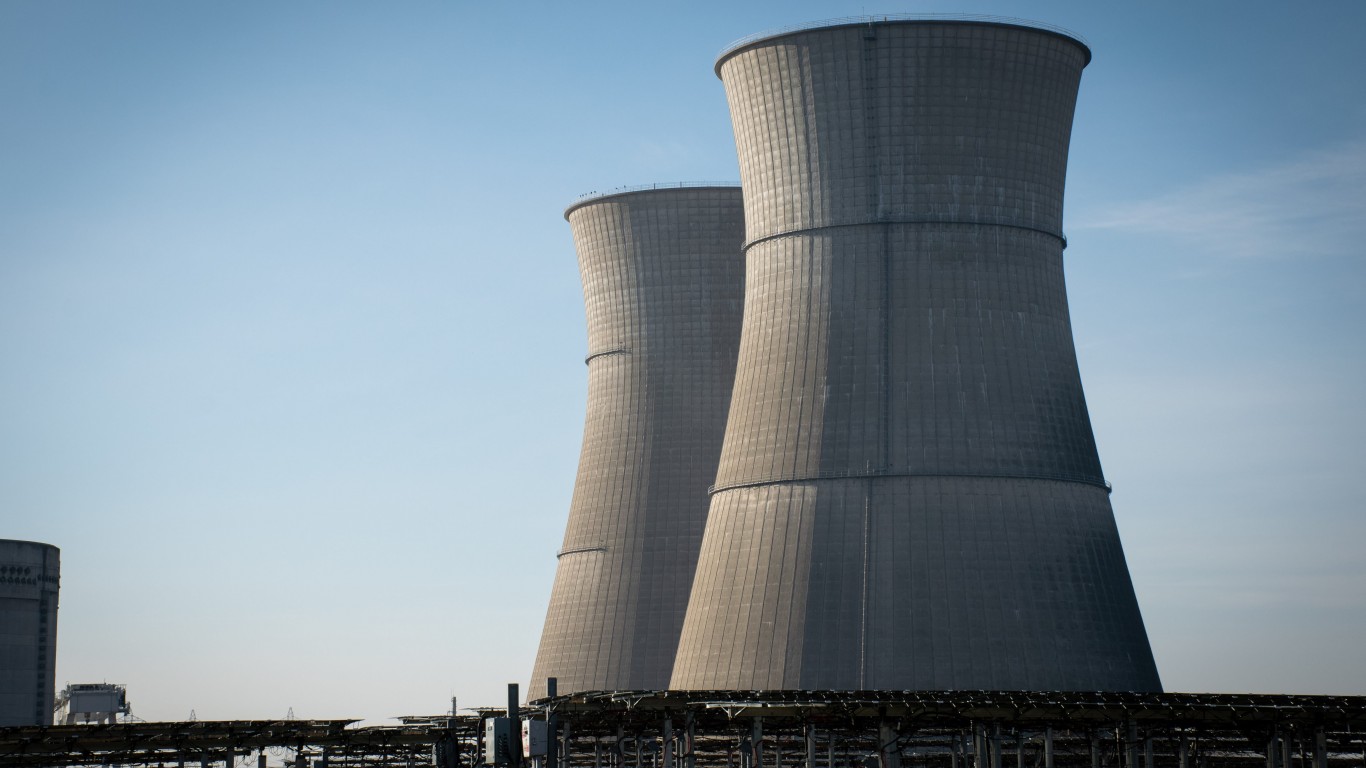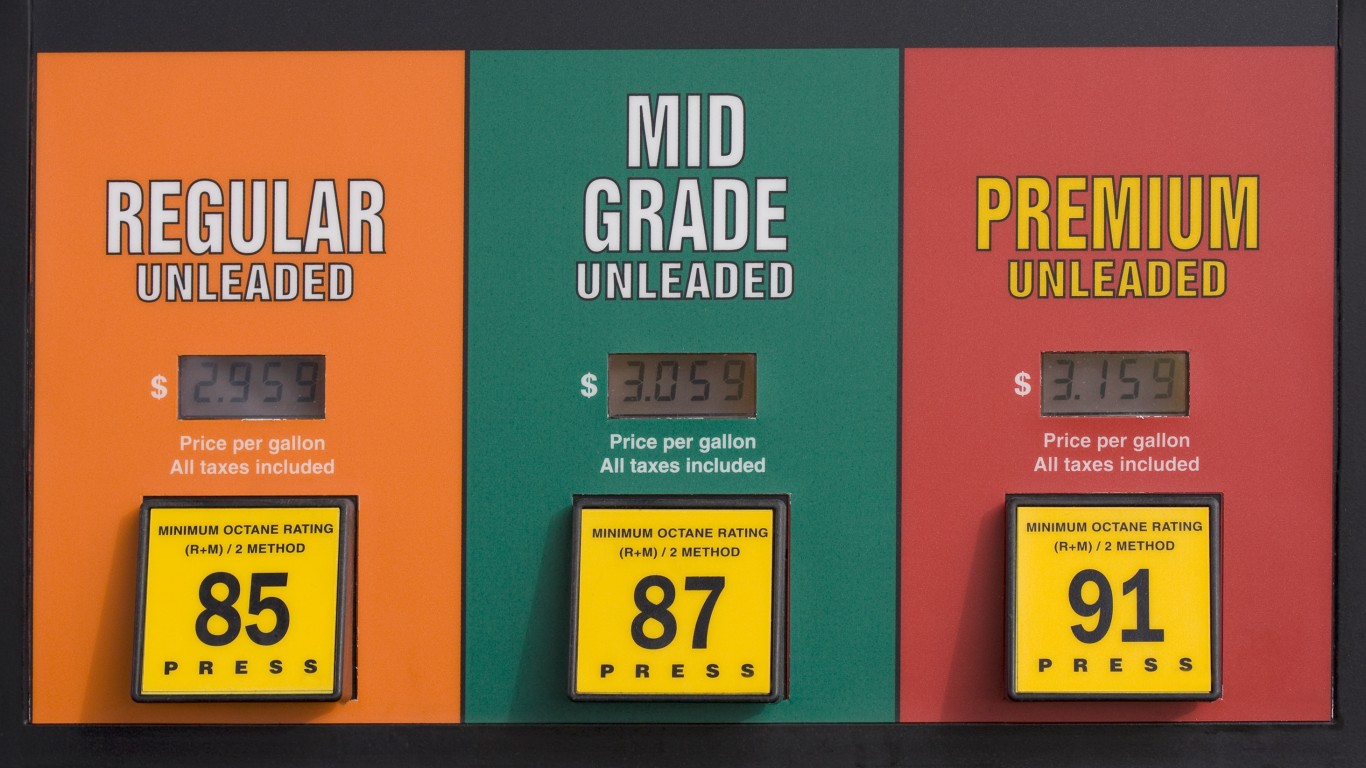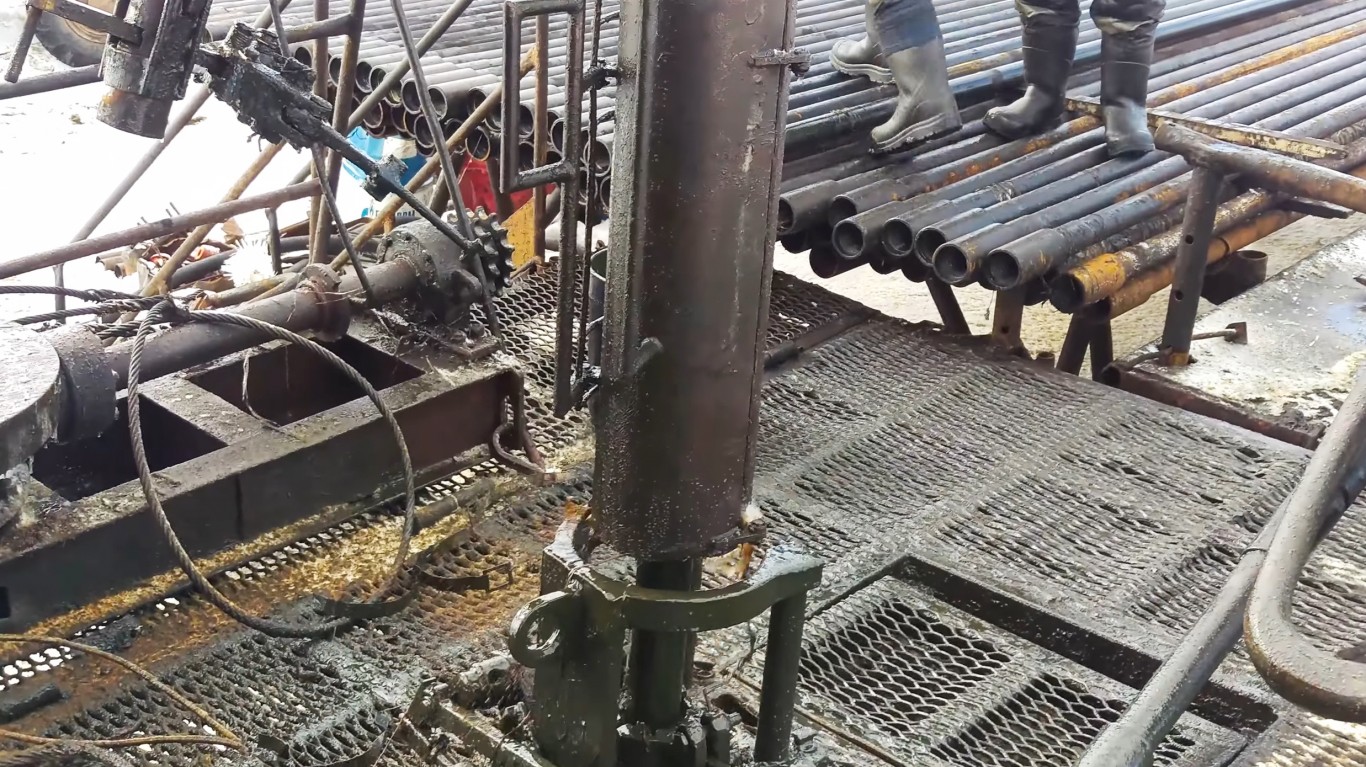
A cyberattack that shuttered the huge 5,500-mile Colonial Pipeline, which transports over 100 million gallons of fuel from Texas to New Jersey every day, was resolved weeks ago. Gasoline prices, which had been stable for over a year, reached multiyear highs because of the problem and have stayed there. In part, experts believe, this is because the level of summer travel has surged as the United States has “opened up” and COVID-19 cases and deaths have fallen. Today, 19 states have gas prices that have cracked the barrier of $3 on average for a gallon of regular. More extraordinarily, that price in California has topped $4 a gallon.
A large contributing factor to high gas prices is that oil prices have risen an extraordinary 89% or so since the U.S. presidential election. The price was $36 a barrel at the end of November, and at $68 it now trades near the highest price in a year. The best predictor of gasoline prices is oil prices, the pipeline challenges notwithstanding. Oil prices almost always outweigh refinery costs, transportation costs and state gas taxes. This has helped push the average price for a gallon of regular in the United States to $3.04, up from $1.98 a year ago.
Gas prices by state vary from the national average for several reasons. The first is proximity to refineries. States near the huge refineries along the Gulf of Mexico tend to have the lowest prices in the country. Notably, the five states with the lowest per-gallon gas prices are Louisiana ($2.69), Mississippi ($2.69), Oklahoma ($2.69), Texas ($2.70) and Missouri ($2.74). The transportation costs from refineries to nearby areas shaves down the average price of gas, compared with much of the rest of the nation.
Another primary factor in prices is gasoline taxes. According to the American Petroleum Institute survey of state gas taxes as of January 1, the U.S. average is $0.5523 a gallon. States with low gas taxes include Missouri ($0.3582), Mississippi ($0.3719) and New Mexico ($0.3738). The states with the highest gas taxes are California ($0.8145) and Pennsylvania ($0.7710).
Nineteen states currently have average prices for a gallon of regular at or over $3. California’s $4.20 price clearly is affected by its gas tax. In Hawaii, the price of $3.88 is affected by a relatively high gas tax at $0.6524 per gallon. However, the cost of transportation to islands that are 2,500 miles from the west coast is also a major contributor to Hawaii’s price.
The price for a gallon of regular in Washington is $3.58. Its gas tax is a high $0.678 per gallon. Nevada ($3.63), Oregon ($3.35), Utah ($3.35), Alaska ($3.31), Illinois ($3.27), Idaho ($3.25), Pennsylvania ($3.15), Arizona ($3.11), Colorado ($3.11), New York ($3.05), Connecticut ($3.04), New Jersey ($3.04), Wyoming ($3.03), Michigan ($3.03), Maryland ($3.02) and Maine ($3.01) fill out the list.
Click here to see which states have the highest and lowest gas taxes.
Are You Still Paying With a Debit Card?
The average American spends $17,274 on debit cards a year, and it’s a HUGE mistake. First, debit cards don’t have the same fraud protections as credit cards. Once your money is gone, it’s gone. But more importantly you can actually get something back from this spending every time you swipe.
Issuers are handing out wild bonuses right now. With some you can earn up to 5% back on every purchase. That’s like getting a 5% discount on everything you buy!
Our top pick is kind of hard to imagine. Not only does it pay up to 5% back, it also includes a $200 cash back reward in the first six months, a 0% intro APR, and…. $0 annual fee. It’s quite literally free money for any one that uses a card regularly. Click here to learn more!
Flywheel Publishing has partnered with CardRatings to provide coverage of credit card products. Flywheel Publishing and CardRatings may receive a commission from card issuers.
Thank you for reading! Have some feedback for us?
Contact the 24/7 Wall St. editorial team.




